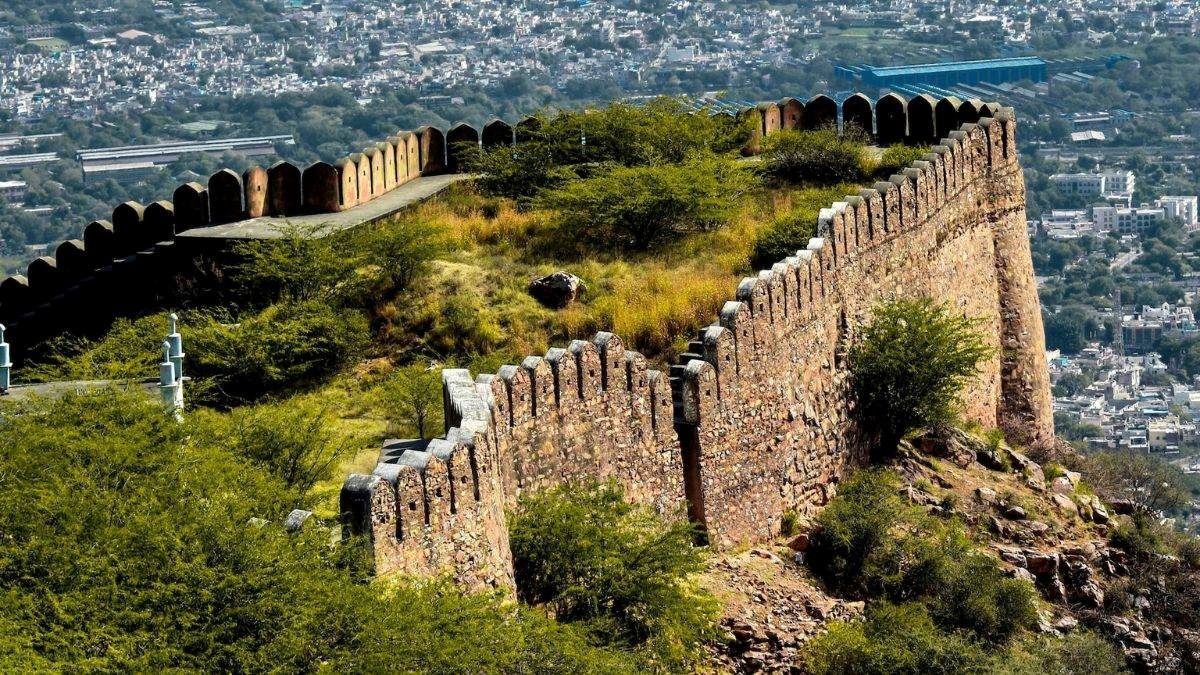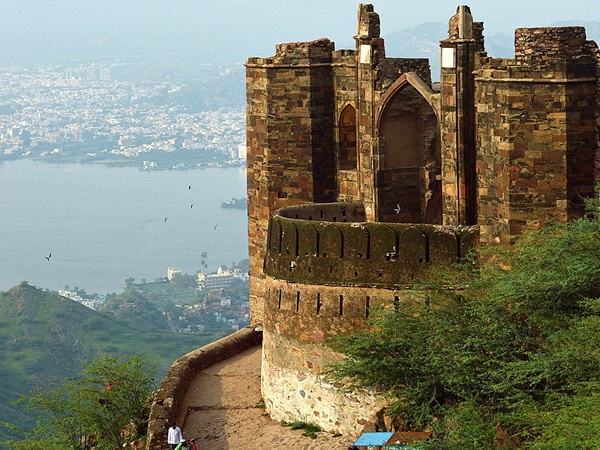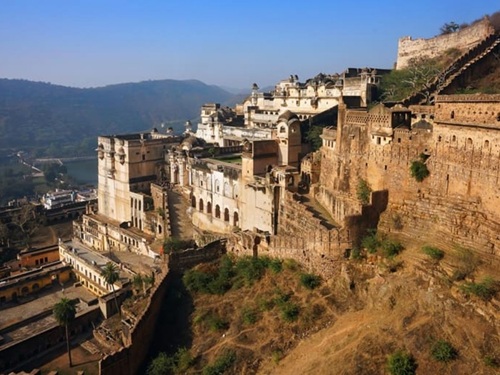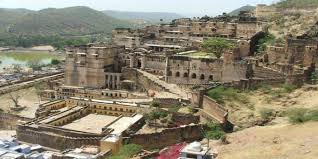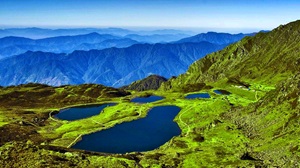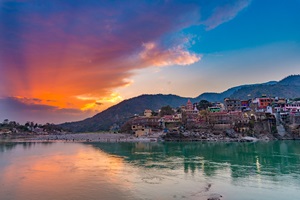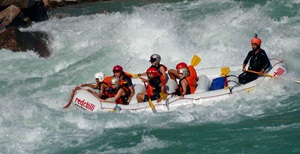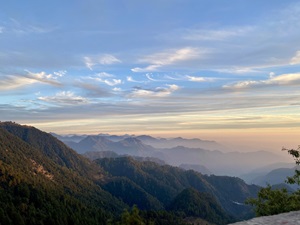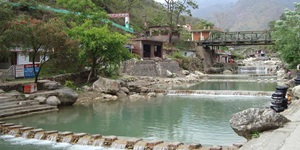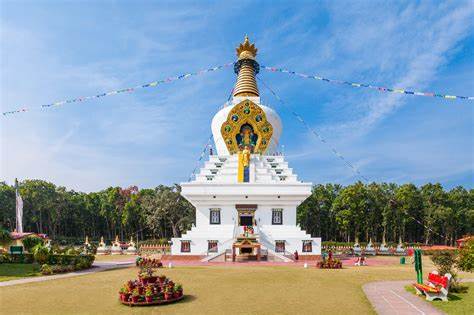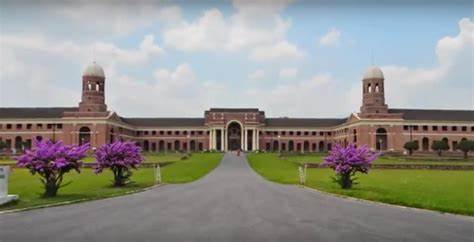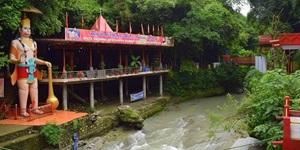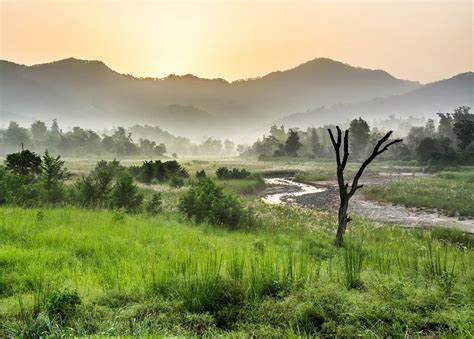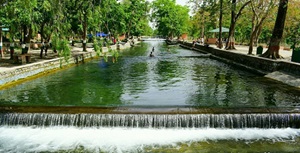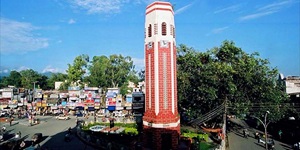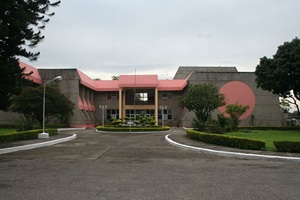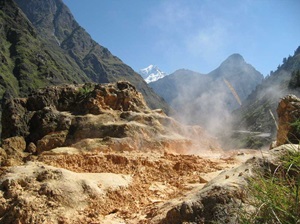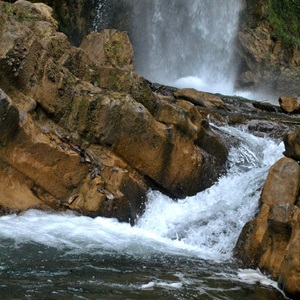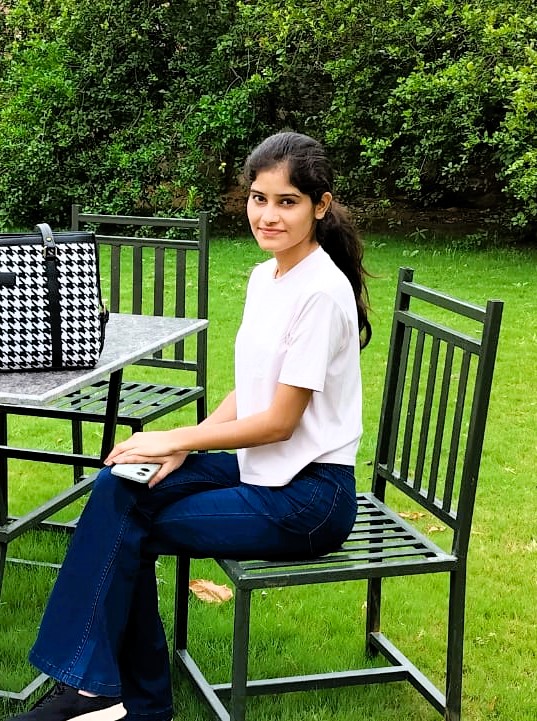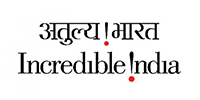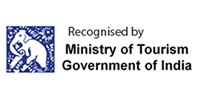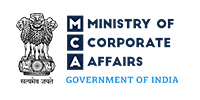Wadia Institute of Himalayan Geology – A Hub for Geological Research in Dehradun
Wadia Institute of Himalayan Geology, located in the scenic city of Dehradun, is a renowned research institute dedicated to the study of the Himalayan region’s geology. Established in 1968, it is a premier center for geological studies and plays a pivotal role in understanding the tectonic processes, natural resources, and environmental challenges of the Himalayas.
This prestigious institution attracts researchers, scholars, and students from all over the world, making it a significant part of India’s scientific landscape.
Historical Significance
The Wadia Institute of Himalayan Geology is named after the eminent geologist, Dr. D.N. Wadia, who is considered the father of modern geology in India. His pioneering work on the geological structure of the Himalayas led to the establishment of this institute as a center for advanced geological research.
The institute’s research and discoveries continue to contribute significantly to the understanding of the region’s seismic activity, glacial dynamics, and mineral resources.
Highlights
Wadia Institute of Himalayan Geology offers an in-depth look at the geological processes that shape the Himalayan region. The institute conducts cutting-edge research in areas such as plate tectonics, earth sciences, and the study of natural hazards like earthquakes and landslides. Its museum and library are valuable resources for those interested in Himalayan geology.
The beautiful location in Dehradun, surrounded by lush greenery and tranquil landscapes, makes it a perfect setting for scientific exploration and learning.
Key Attractions
- Geological Museum – A comprehensive museum showcasing the geology of the Himalayas, featuring rock samples, fossils, and mineral exhibits.
- Research Facilities – State-of-the-art laboratories and equipment dedicated to geological research and studies.
- Library and Archives – A valuable resource center with books, journals, and research papers on Himalayan geology and earth sciences.
- Scientific Conferences – The institute frequently hosts conferences and workshops related to geology and environmental science.
Activities
- Research and Study – Scholars and students can explore the various geological studies and research conducted at the institute.
- Workshops and Seminars – Participate in workshops and seminars to learn more about geological phenomena and environmental issues in the Himalayas.
- Educational Tours – Visit the institute’s museum and research facilities to gain a deeper understanding of Himalayan geology.
- Photography – Capture the picturesque views of the Himalayas and the institute’s scientific surroundings.
How to Reach
- By Road: Wadia Institute of Himalayan Geology is easily accessible by road, located just a few kilometers from the center of Dehradun. Local taxis and buses are available for transport.
- By Train: Dehradun Railway Station is the nearest station, which is well-connected to major cities. From there, taxis and buses can take you to the institute.
- By Air: Jolly Grant Airport, approximately 30 km from Dehradun, is the nearest airport. Taxis and buses are available to take you to the institute.
Best Time to Visit
- Season: The best time to visit is from March to June and September to November, when the weather is pleasant for exploring and learning outdoors.
- Time of Day: Morning hours are ideal for visiting the institute, as the surroundings are calm and conducive for study and research.
Nearby Attractions
- Robber's Cave – A popular natural cave formation located a short distance from the institute.
- Forest Research Institute – A prestigious research institution dedicated to forestry and environmental studies, located nearby.
- Tapkeshwar Temple – A serene temple situated near the forested areas of Dehradun, dedicated to Lord Shiva.
- Mindrolling Monastery – A Buddhist monastery and temple known for its peaceful ambiance and stunning architecture.
Tips for Visitors
- Wear Comfortable Footwear: The institute’s terrain and surrounding areas may require walking, so sturdy shoes are recommended.
- Pack Essentials: Carry items such as water, sunscreen, and a light jacket, as weather can vary.
- Respect the Research Environment: Be mindful of the research activities and maintain silence in and around the facilities.
- Explore the Museum: Take time to explore the museum to understand the geological history of the Himalayas.
